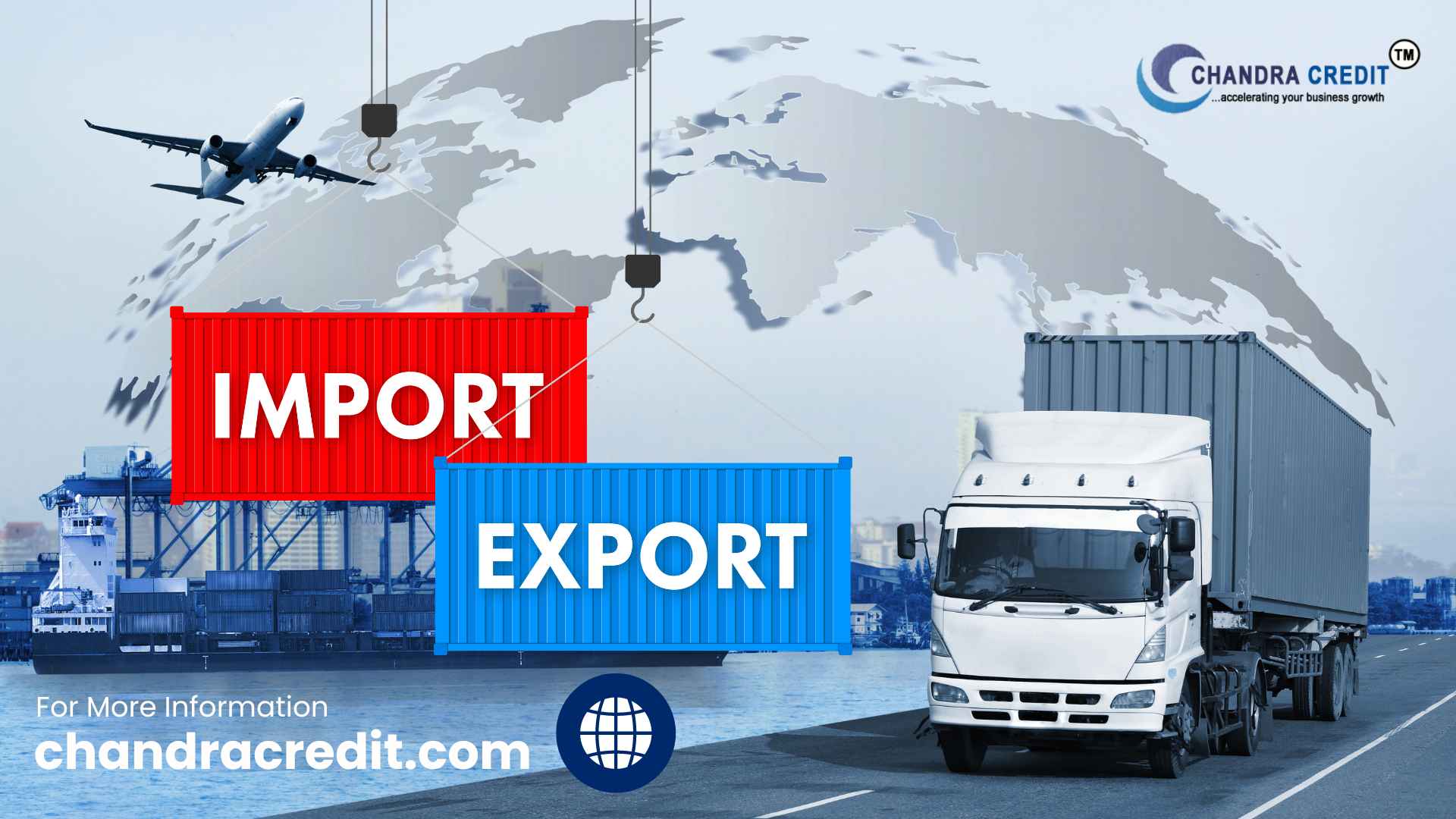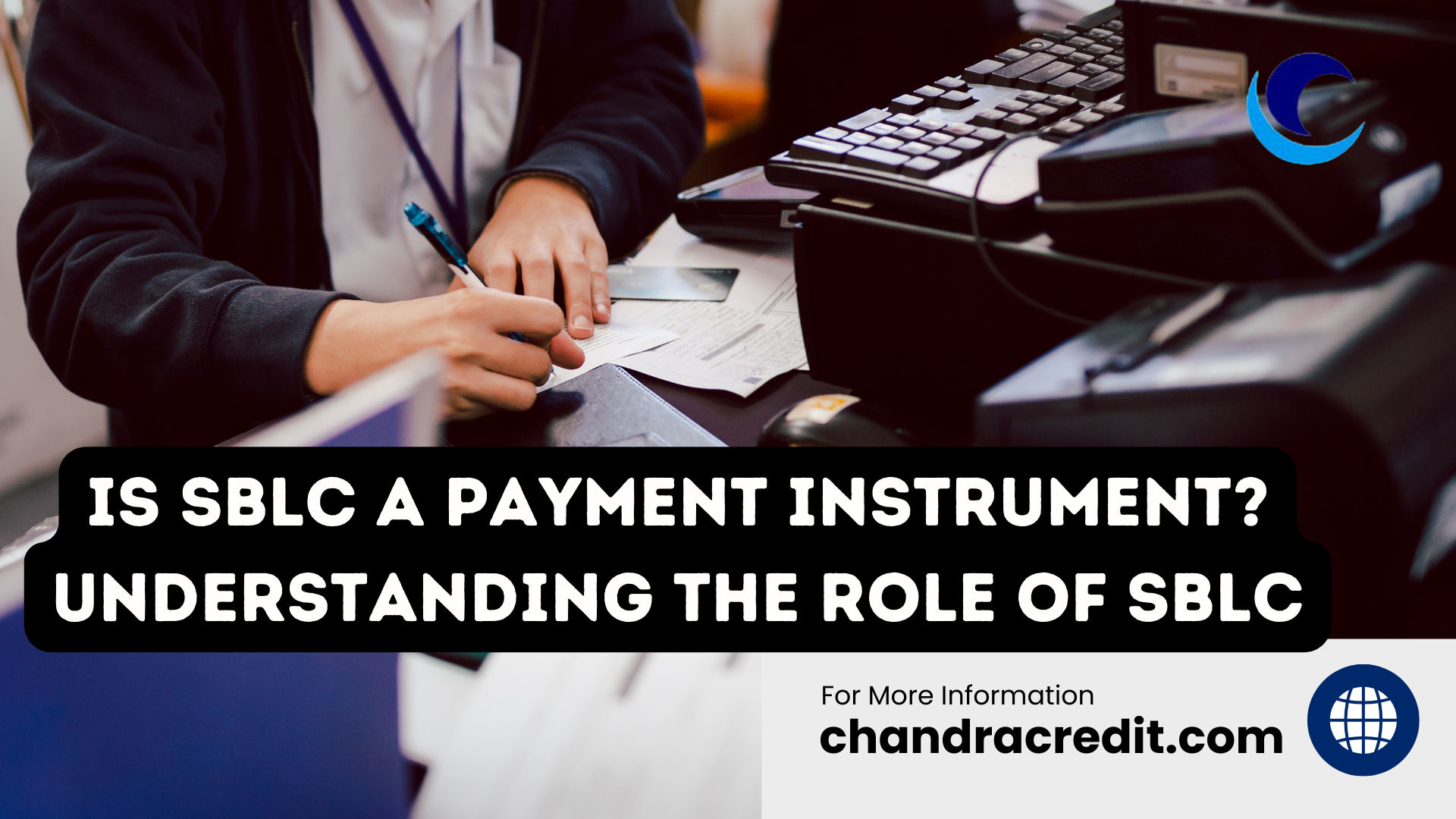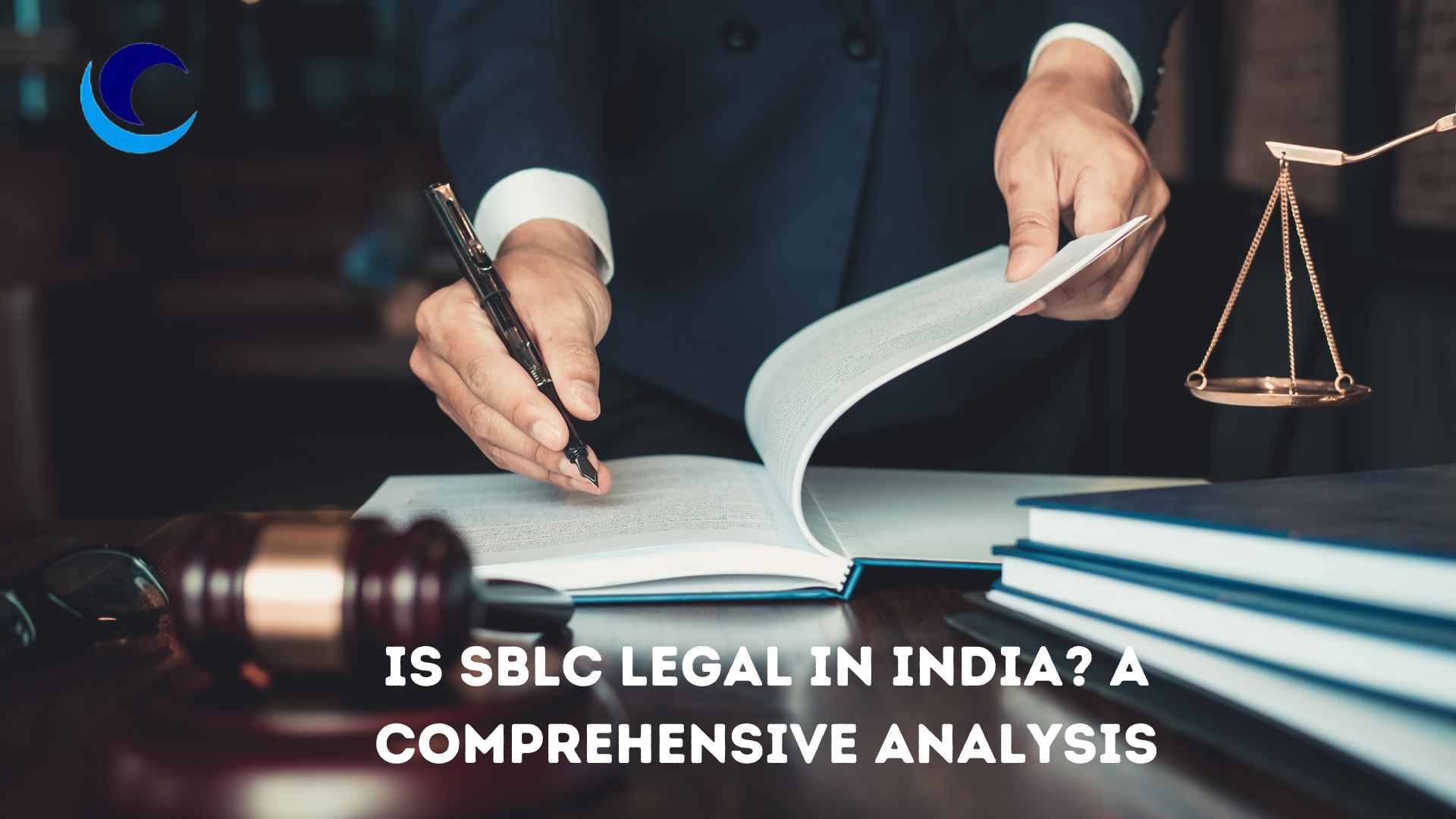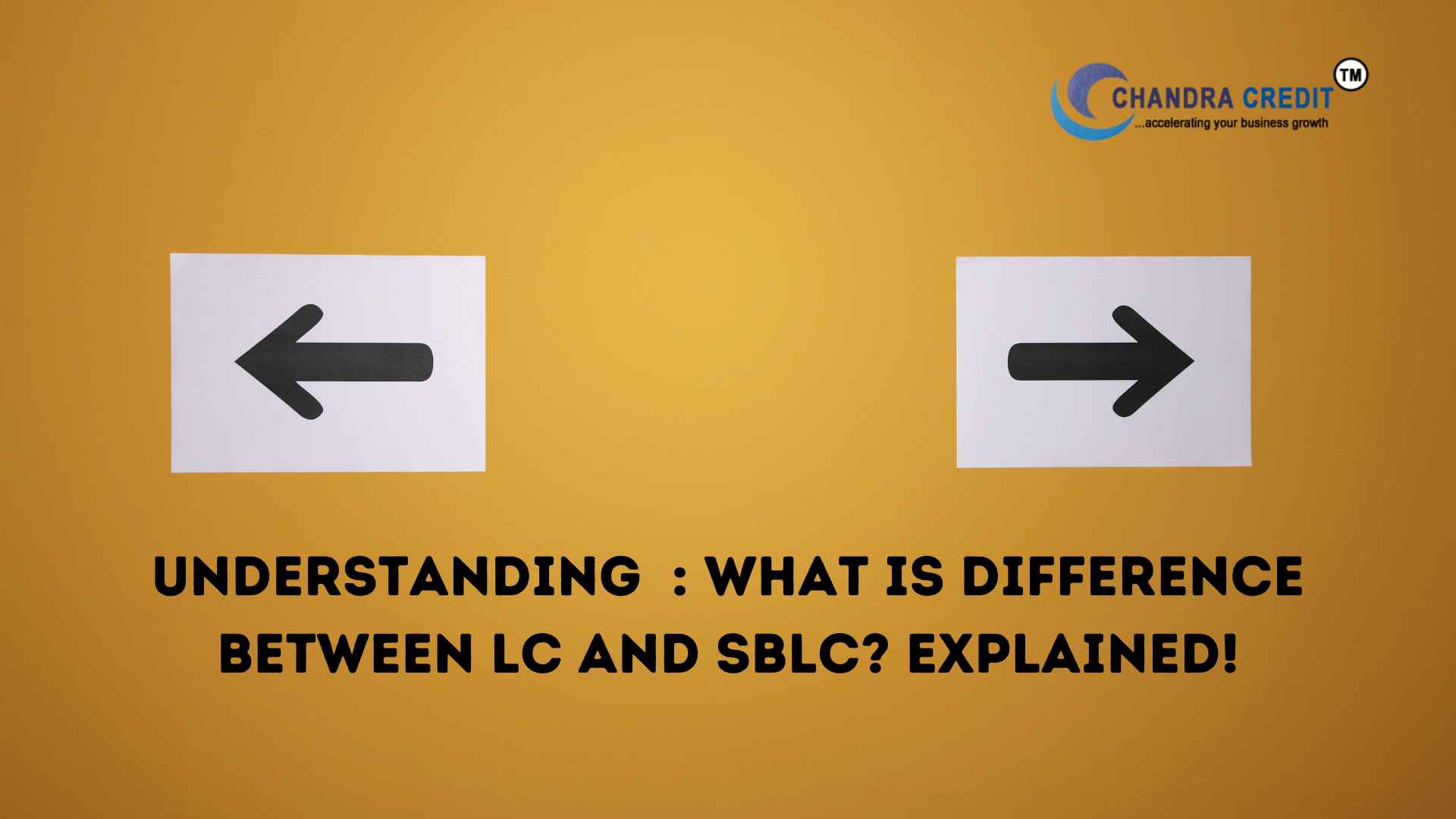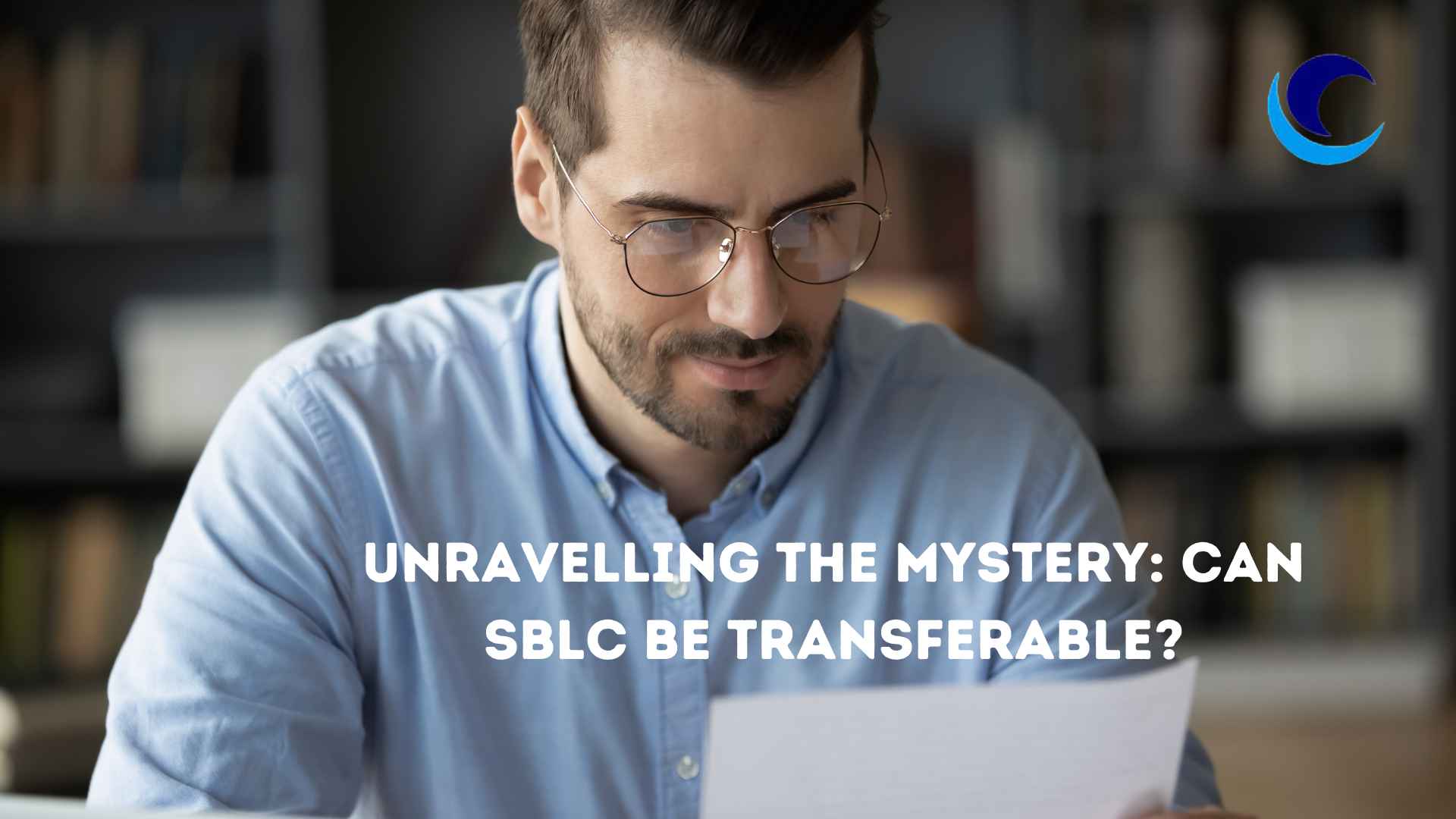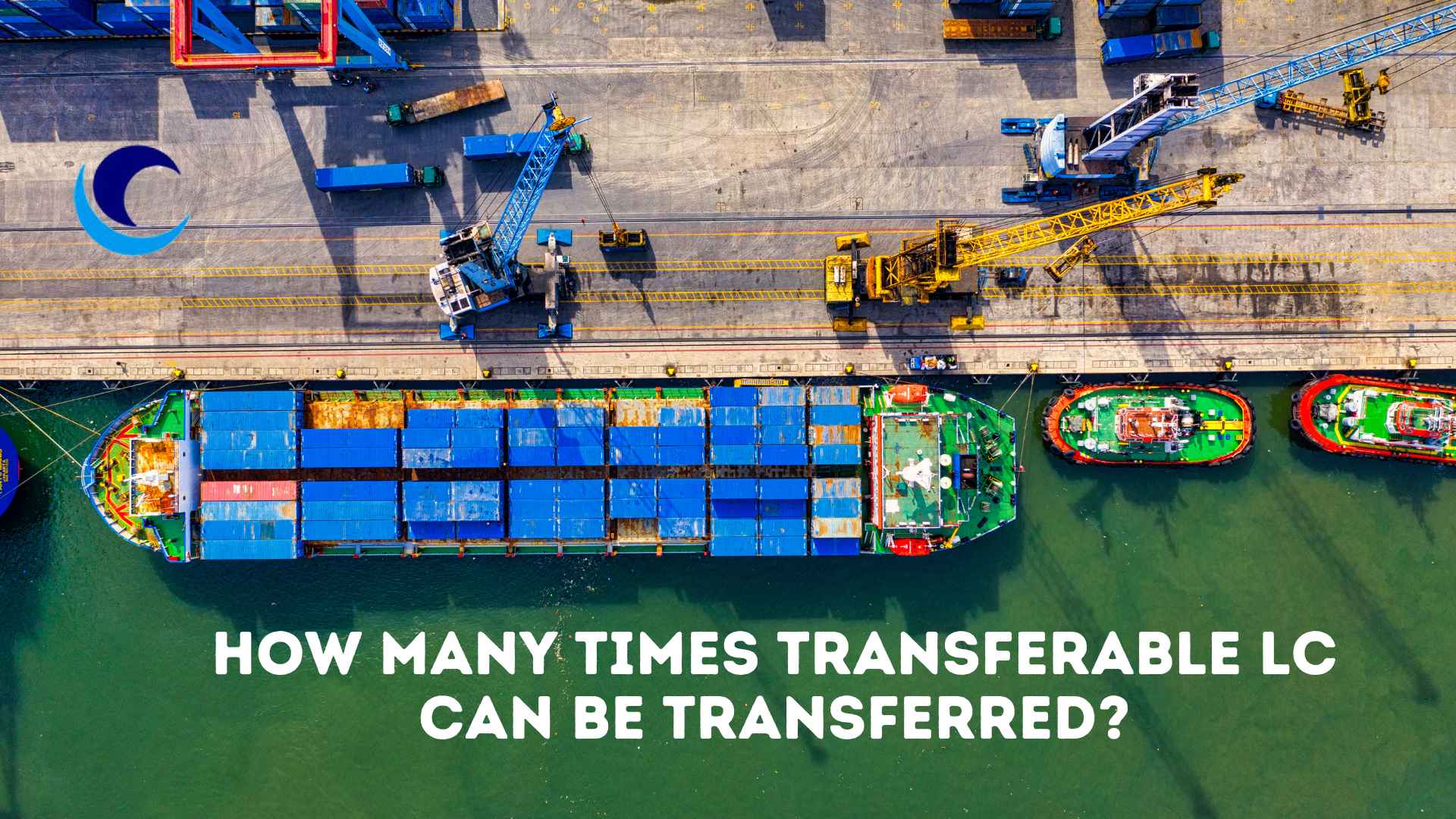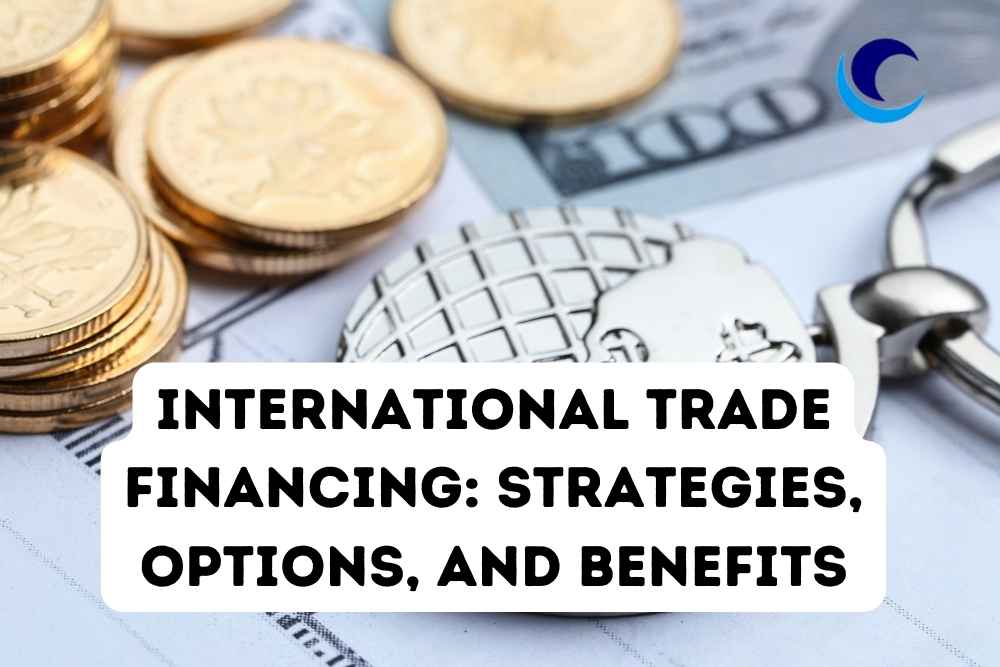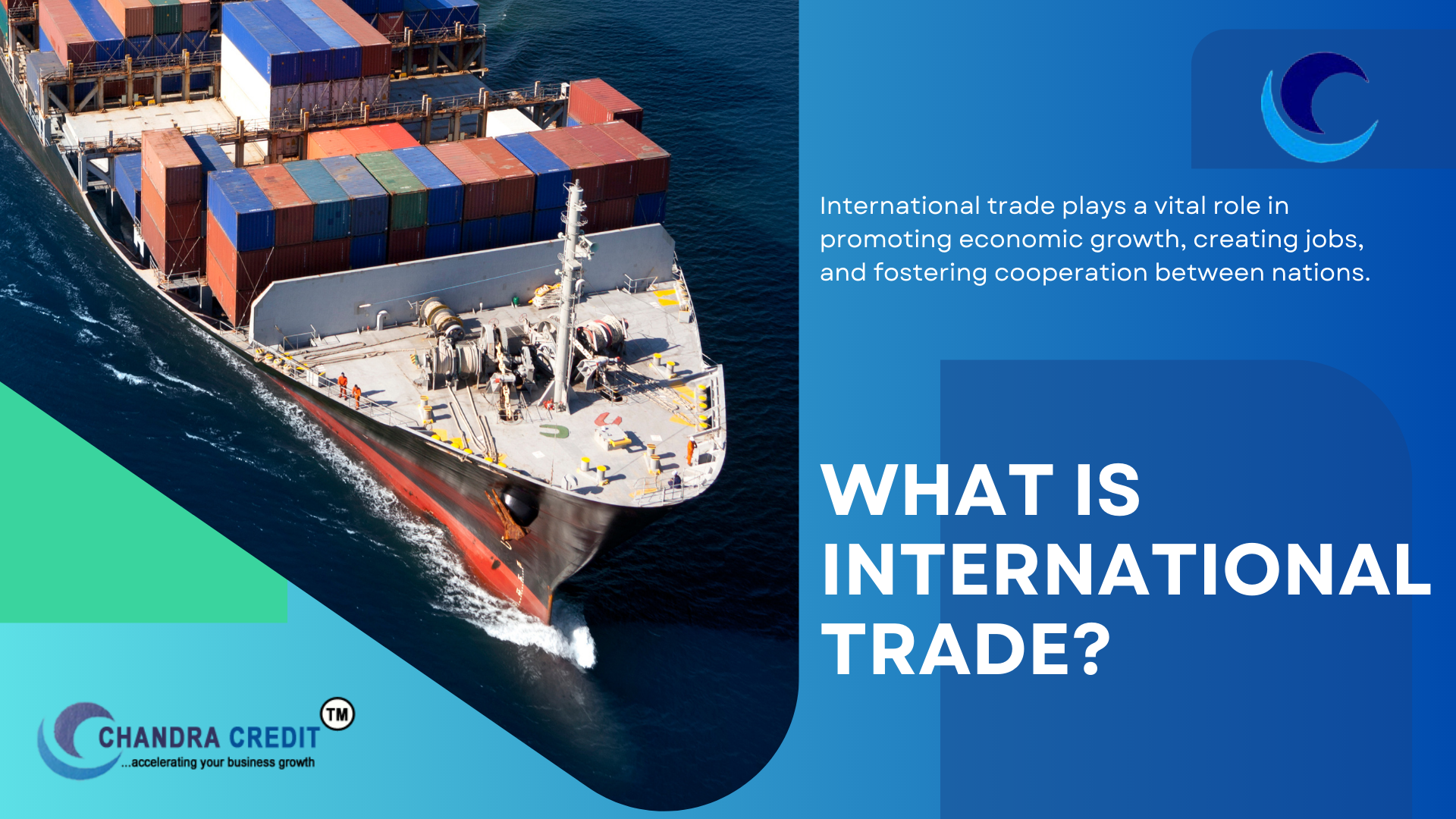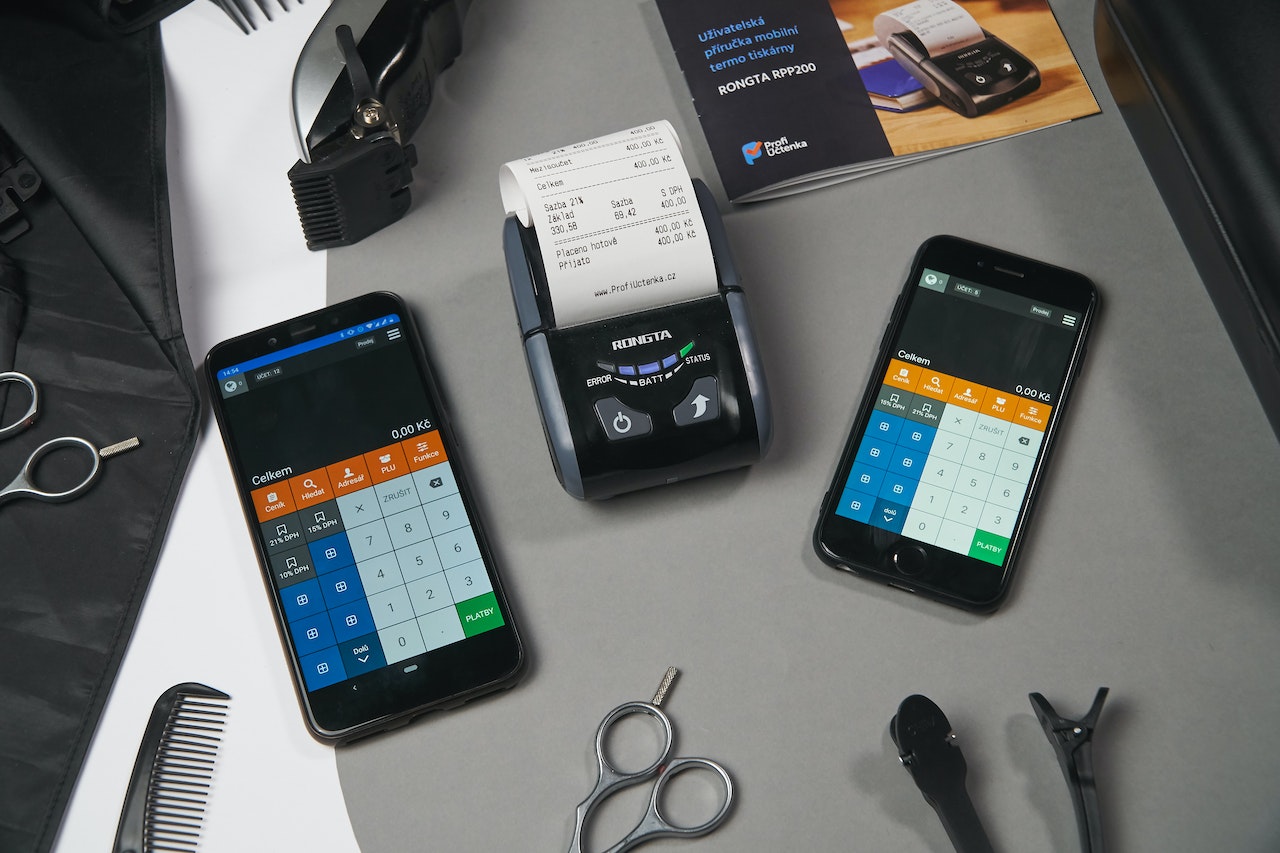


In the globalized world of international trade, businesses often face uncertainties, including the risk of non-payment, delivery delays, or default by trading partners. To mitigate these risks, various financial instruments are used, and one of the most important and commonly used tools is the Standby Letter of Credit (SBLC). An SBLC serves as a safety net, providing assurance to both parties involved in a transaction that payment will be made or obligations will be fulfilled, even if one party defaults. Let’s explore the role of SBLCs in international trade and how they provide security and streamline transactions.
A Standby Letter of Credit is a guarantee issued by a bank on behalf of a client (typically a buyer or importer) that ensures the seller or exporter will be paid if the client defaults on payment or fails to meet the contractual terms. It is typically used in situations where the buyer wants to demonstrate credibility to the seller or where a seller needs a guarantee of payment before proceeding with the transaction.
In essence, the SBLC acts as a fallback measure. If the buyer fails to pay or fulfill the contract, the seller can call upon the SBLC to receive payment from the issuing bank.
In international trade, transactions can involve significant amounts of money, and the risk of one party failing to perform can lead to major losses. The process typically follows these steps:
Agreement: The buyer and seller agree on the terms of the sale. To reassure the seller, the buyer arranges for an SBLC from their bank.
Issuance of SBLC: The buyer’s bank issues the SBLC to the seller’s bank, outlining the terms under which the bank will pay the seller in the event of the buyer’s failure to perform.
Performance: The seller proceeds with the shipment or service delivery, confident in the guarantee that payment will be made as long as the terms of the SBLC are met.
Claiming the SBLC: If the buyer defaults (fails to pay or meet other obligations), the seller can submit a demand for payment to the issuing bank, which will pay out the amount specified in the SBLC.
One of the primary challenges in international trade is dealing with the unknowns involved in dealing with foreign partners. International transactions often involve different currencies, legal systems, and trade practices, which can increase the risk of non-performance or disputes. The use of SBLCs reduces these risks by providing a reliable, bank-backed guarantee.
Risk Mitigation: Sellers are less likely to worry about the buyer defaulting because the bank is guaranteeing payment. This security encourages international trade even with new or unfamiliar partners.
Trust and Confidence: For buyers, providing an SBLC shows financial strength and commitment to honoring the contract. This can improve the buyer’s reputation and foster stronger relationships with suppliers or partners.
SBLCs not only serve as a payment guarantee but also facilitate the financing of international trade. By providing a form of collateral, they can help buyers secure loans or lines of credit from financial institutions.
Collateral for Loans: Importers may use the SBLC as collateral to obtain financing for the goods they wish to purchase. The bank’s promise to pay the seller if the buyer defaults can make it easier to secure financing.
Streamlining Documentation: SBLCs simplify the documentation process in trade, as the terms of the credit are clearly spelled out. The letter of credit specifies what documents are required for payment, which ensures that there is no confusion or dispute over the shipment or the terms.
There are several types of SBLCs used in international trade, depending on the specific needs of the parties involved:
Performance SBLC: This type of SBLC guarantees that the buyer will fulfill their contractual obligations, such as the completion of work or delivery of goods.
Financial SBLC: It guarantees payment of money, typically used for loans or credit transactions.
Documentary SBLC: This guarantees payment upon the presentation of certain documents, such as bills of lading or commercial invoices.
Advance Payment SBLC: Used when the buyer pays in advance, and the SBLC serves as a guarantee that the goods or services will be delivered as agreed.
An SBLC is subject to international banking regulations, such as the Uniform Customs and Practice for Documentary Credits (UCP 600), which governs letters of credit issued by banks. These rules ensure standardization and fairness in cross-border transactions, making SBLCs a trusted tool in global commerce.
Additionally, SBLCs must adhere to local laws and regulations in the countries of both the buyer and seller, which can vary. Understanding these legal frameworks is essential for businesses engaging in international trade.
Security: SBLCs provide a reliable form of payment guarantee that minimizes risk and protects both parties from the potential of non-performance.
Flexibility: They can be tailored to fit a wide range of trade scenarios, whether it’s for performance, financial guarantees, or advance payment.
Improved Creditworthiness: For buyers, having an SBLC in place can enhance their credibility and facilitate trade relationships.
Cost-Effective: While banks charge fees for issuing SBLCs, the cost is often lower than the potential losses from an unpaid debt or failed transaction.
While SBLCs offer significant benefits, they are not without challenges:
Cost: The fees associated with issuing an SBLC can be high, especially for large transactions. This includes fees for issuance, amendments, and any claims made.
Complexity: The legal and procedural requirements for SBLCs can be complex. Businesses must ensure they understand the terms and conditions to avoid disputes.
Limited Duration: SBLCs are often issued for a specific period, and after this time expires, they may no longer be valid, requiring renewal or reissuance.
The Standby Letter of Credit plays a critical role in facilitating international trade by reducing risk and providing financial security to both buyers and sellers. It helps build trust between trading partners, ensures payments are made on time, and enables businesses to focus on their core operations rather than worrying about the potential for non-payment. Whether it’s for securing performance, guaranteeing loan repayment, or ensuring timely payment for goods and services, the SBLC remains an essential tool in modern global commerce.
By understanding how to effectively utilize an SBLC, businesses can expand their reach, mitigate risks, and establish more solid, trustworthy partnerships in the international market.
About Chandra Credit Limited
We are specialized financial service providers based in Noida that provide various financial services letter of credit, bank Guarantee,SBLC and Project funding. Feel Free to Contact us on info.chandracredit.com or call us on +91 84482 78716
Mr. Subhash Chandra is the Director of Chandra Credit Ltd. and is professionally qualified with rich experience in Industries. He is the key person looking after business strategy from inception till execution. After working for over 35 years in the Top industries he has developed good networking in Marketing, Finance, and HR and has vast exposure to a team of professionals to assist in the conduct of business.














